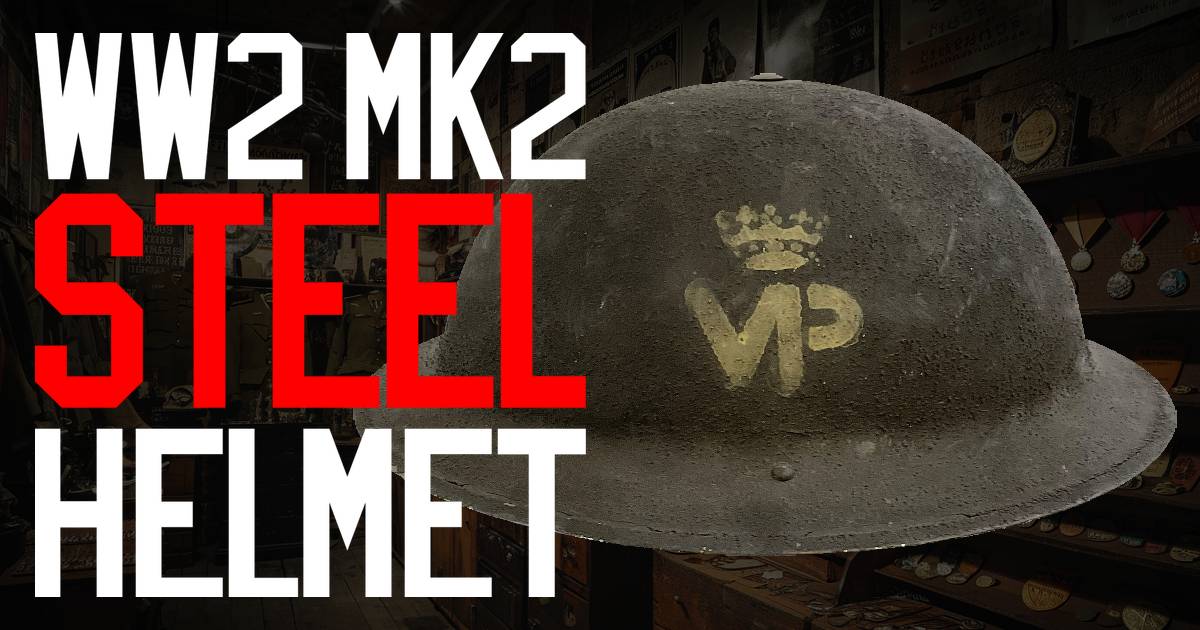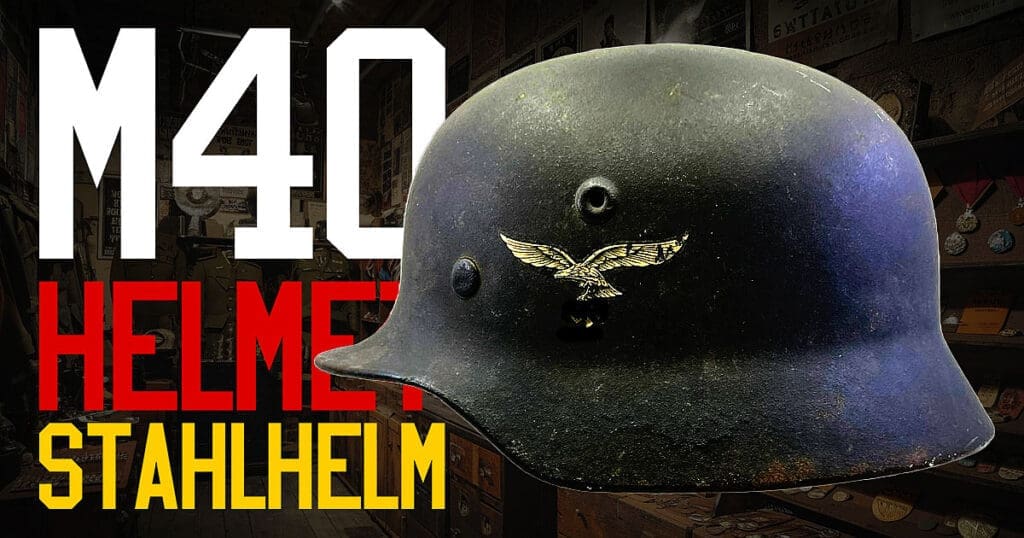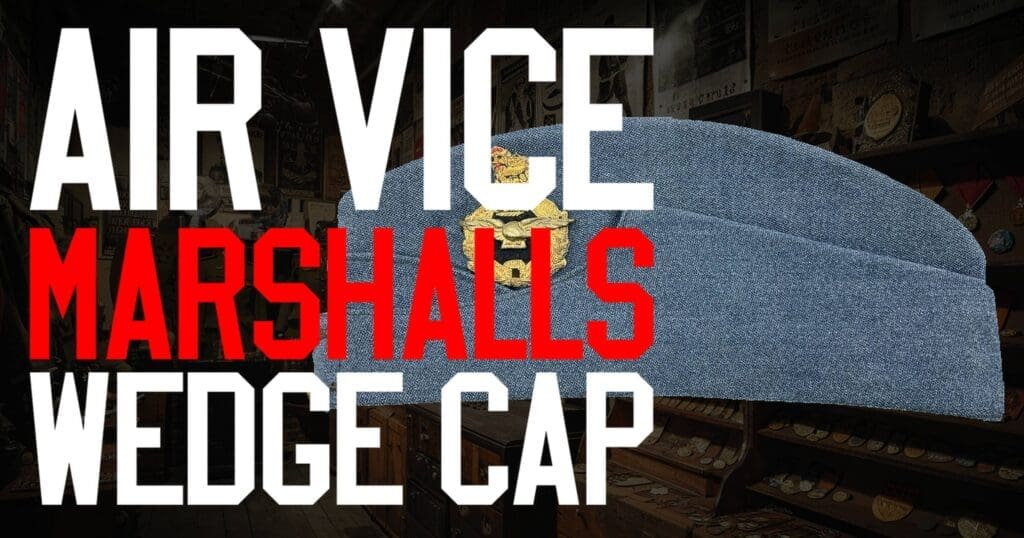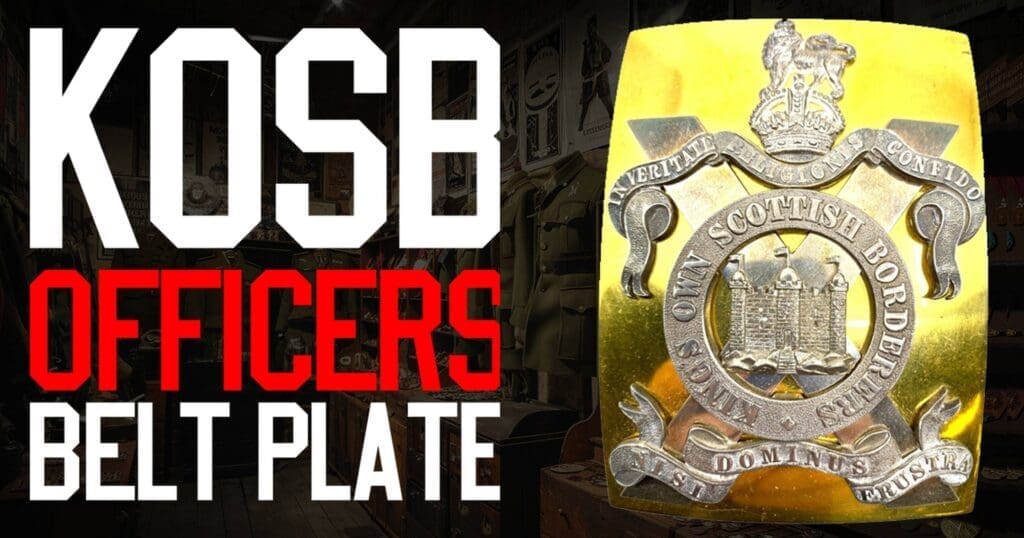The WW2 Canadian Mk2 Steel Helmet, specifically the PPCLI Size 6 1/2 dated 1943, is a remarkable artifact from a pivotal era in global history. This helmet not only protected soldiers in battle but also serves as a tangible connection to the bravery and sacrifices of those who served. Dive into the rich history, unique design, and enduring significance of this military relic.
Historical Background of the Canadian Mk2 Steel Helmet
The Canadian Mk2 Steel Helmet was introduced during World War II, a period when military equipment was rapidly evolving to meet the demands of modern warfare. The Mk2, an upgrade from the earlier Mk1, was designed to offer better protection and comfort for soldiers. By 1943, Canada had become a significant contributor to the Allied war effort, producing and supplying essential military gear. The Princess Patricia’s Canadian Light Infantry (PPCLI) was one of the distinguished units that utilized this helmet. The Mk2 helmet, with its distinctive shape and resilient construction, became a symbol of Canadian military ingenuity and resilience.
The Role of the Mk2 Helmet in World War II
During World War II, the Mk2 helmet was a crucial piece of gear for Canadian soldiers. It provided essential head protection against shrapnel, debris, and other battlefield hazards. The PPCLI, known for their bravery and effectiveness in combat, relied on the Mk2 helmet in numerous operations across Europe. This helmet not only safeguarded lives but also boosted the morale of the troops, knowing they had reliable equipment. The Mk2 helmet’s widespread use underscores its importance in the broader context of the war.
Construction and Design of the Mk2 Helmet
The Mk2 helmet was crafted from manganese steel, offering a balance of strength and weight. Its design featured a simple yet effective shape, with a slight brim and a rounded dome to deflect impacts. The interior was lined with a comfortable webbing system that could be adjusted for a snug fit, ensuring it stayed in place during intense activity. The helmet’s exterior was typically coated with a textured finish to reduce glare and provide camouflage. Each helmet was meticulously dated and sized, with the 1943 PPCLI Size 6 1/2 being a specific example of this detailed craftsmanship.
Development and Evolution of the Mk2 Helmet
The development of the Mk2 helmet was driven by the need for improved protection and functionality on the battlefield. Early versions of steel helmets had limitations in terms of coverage and comfort. The Mk2 addressed these issues with enhanced materials and a more ergonomic design. This evolution reflected the broader advancements in military technology and strategy during World War II. The Mk2’s success paved the way for future innovations in combat headgear, influencing designs long after the war ended.
Usage and Applications of the Mk2 Helmet
The Mk2 helmet was used extensively by Canadian forces in various theaters of World War II. From the beaches of Normandy to the rugged terrain of Italy, this helmet was a constant companion for soldiers. Its durability and effectiveness in protecting against head injuries made it a preferred choice among troops. The helmet also saw use in training exercises and post-war military activities, demonstrating its versatility. The Mk2’s legacy is evident in its continued presence in military museums and collections worldwide.
Collectibility and Value of the Mk2 Helmet
Today, the WW2 Canadian Mk2 Steel Helmet is highly sought after by collectors and military historians. Its historical significance, combined with its robust construction, makes it a prized artifact. Helmets in good condition, particularly those with specific unit markings like the PPCLI, can fetch considerable prices at auctions. Collectors value these helmets not only for their rarity but also for the stories they represent. The 1943 dated Mk2 helmet is a tangible piece of history, offering a glimpse into the experiences of World War II soldiers.
Key Takeaways on the WW2 Canadian Mk2 Steel Helmet
- The Mk2 helmet was introduced during World War II to improve soldier protection.
- It was widely used by Canadian forces, including the prestigious PPCLI unit.
- Constructed from manganese steel, it balanced strength and weight effectively.
- The helmet’s design included an adjustable webbing system for a secure fit.
- Its development marked significant advancements in military headgear.
- The Mk2 helmet saw extensive use in various theaters of the war.
- Today, it is a valuable collectible, prized for its historical significance and craftsmanship.
Revisiting the Legacy of the Mk2 Helmet
The WW2 Canadian Mk2 Steel Helmet is more than just a piece of military equipment; it is a testament to the courage and resilience of those who served. Its design and construction reflect the technological advancements of the era, while its usage underscores its critical role in the war. Collectors and historians alike continue to cherish this helmet for the stories it holds and the history it represents.





